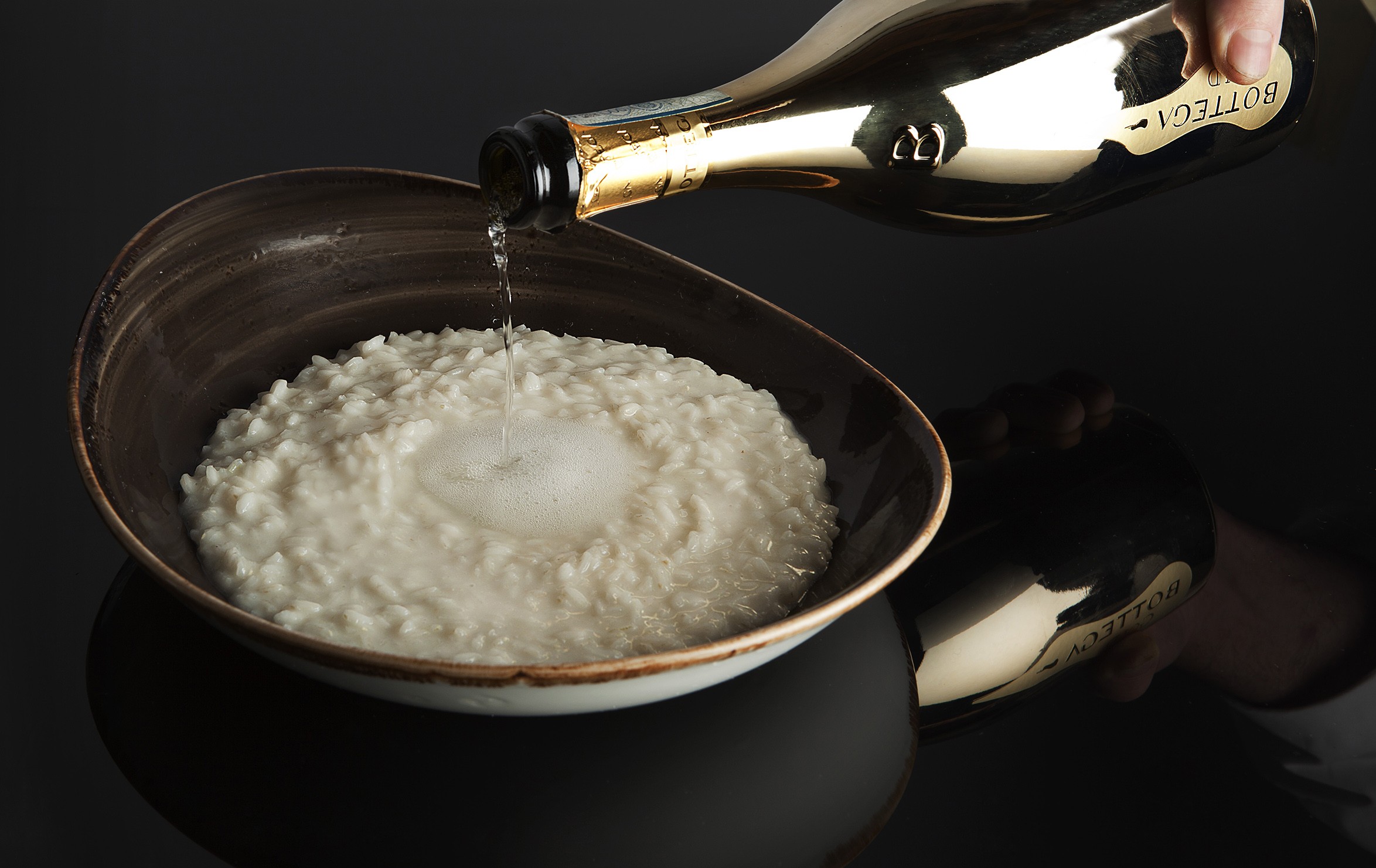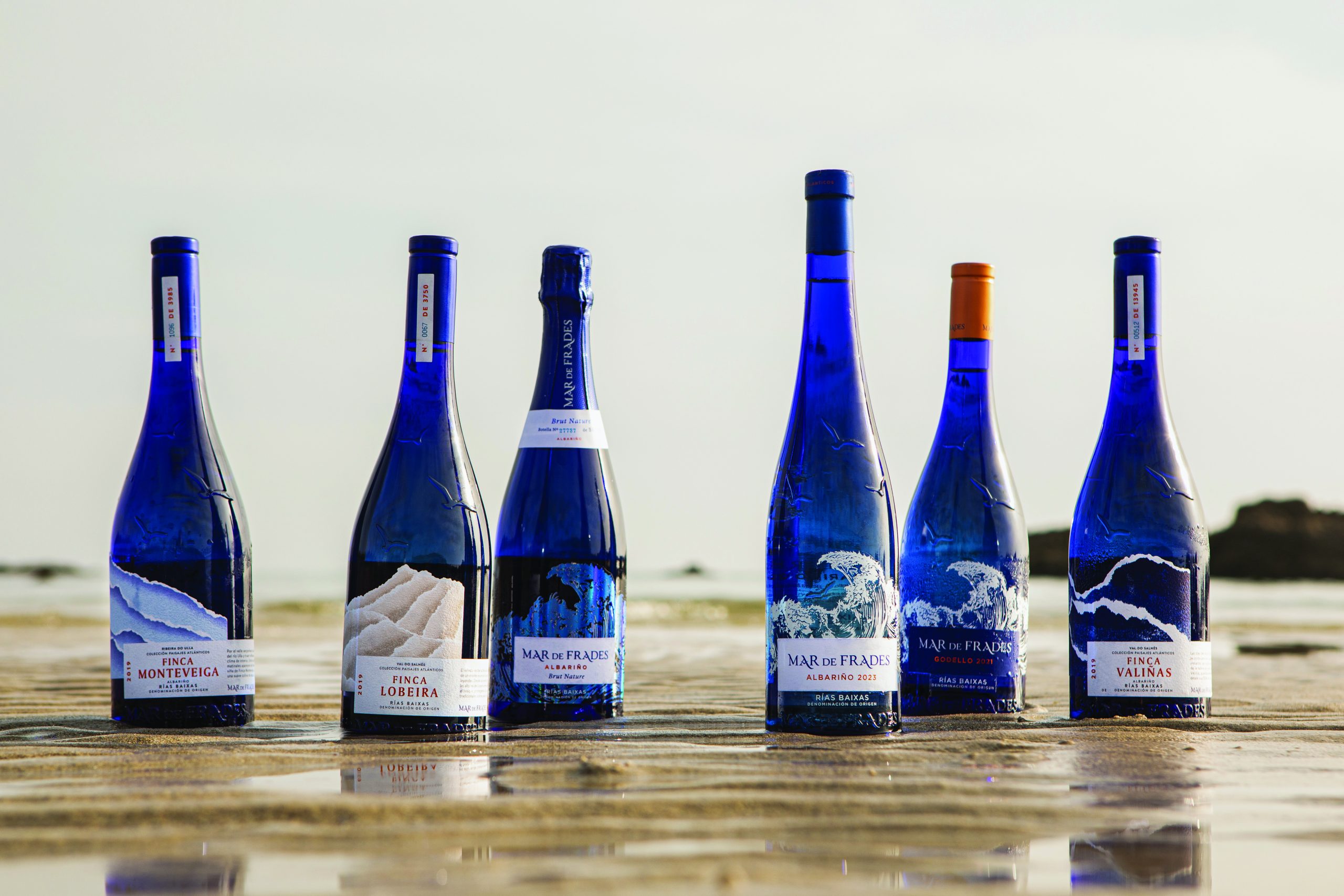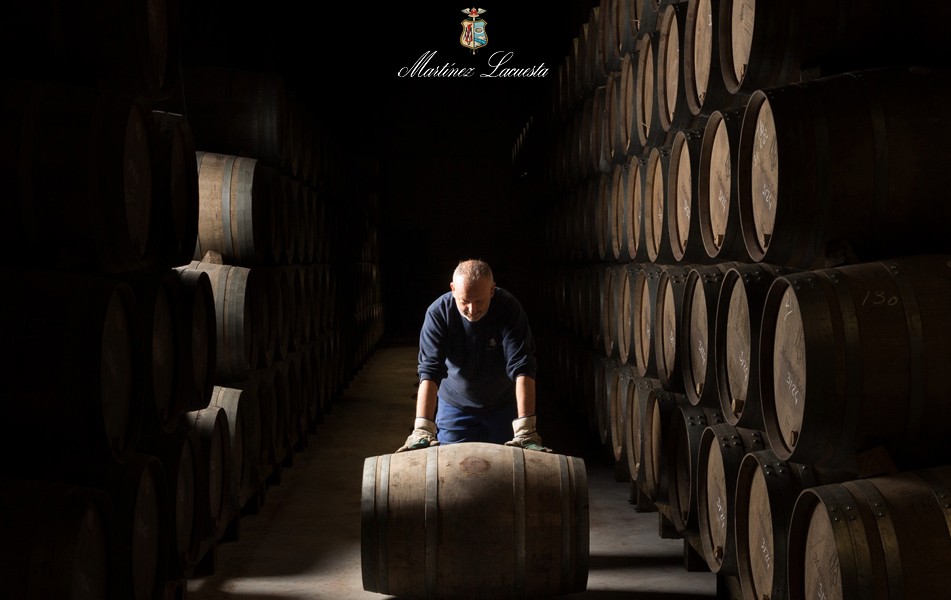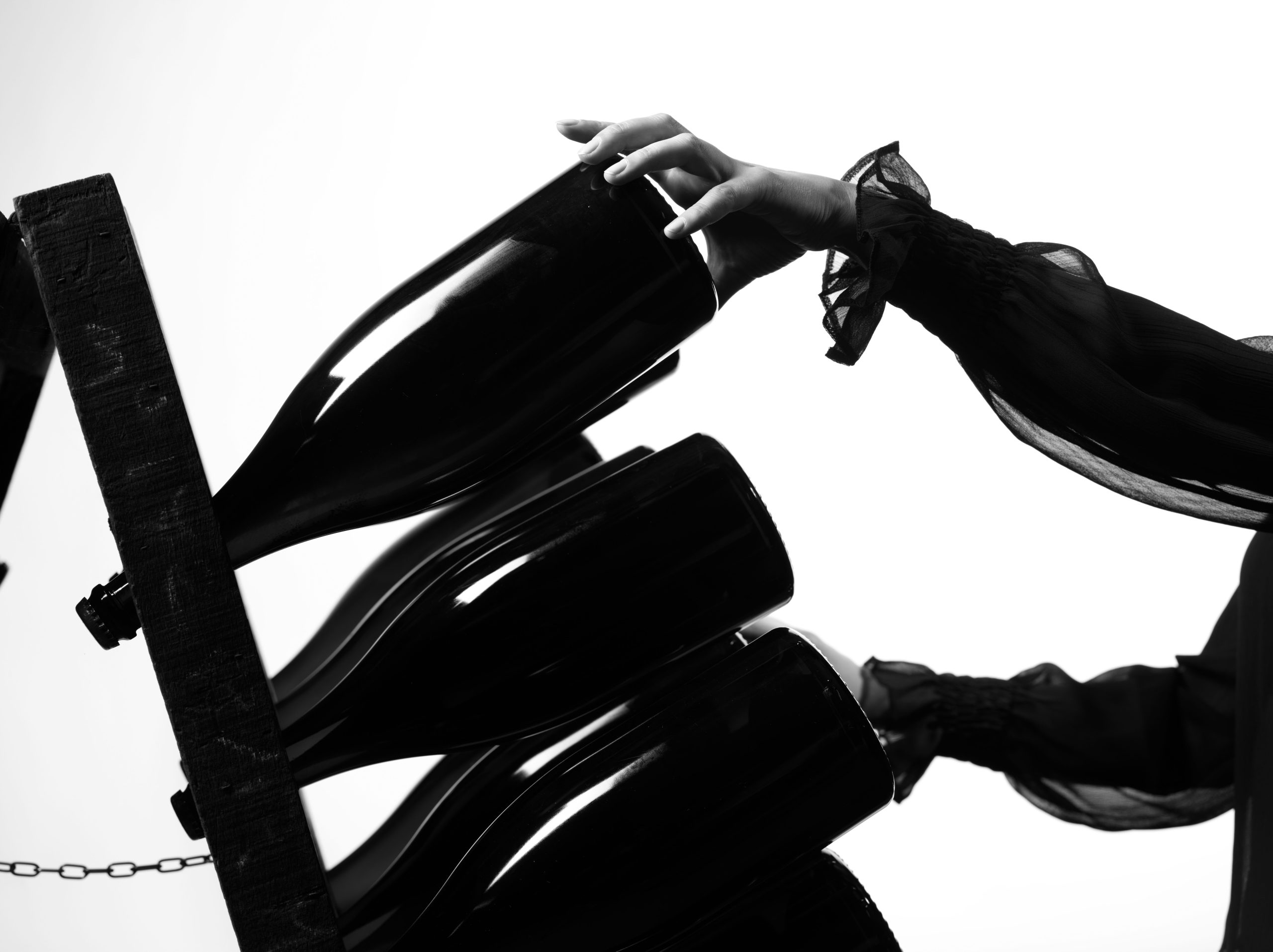Moving On
If South African wines have captured the consumer in the off-trade, is now a good time to make a move to the on-trade? Robyn Lewis reports
THESE DAYS the standard way into the on-trade, really, is first to become established in the offtrade," Andrew Bewes of Berkmann Wine Cellars tells me. "It didn’t used to be like that, of course, because for generations there was no off-trade on the same scale as there is now.
Today, though, the formulaic way for a category to get established is to launch big brands into the multiple grocers, then move into the multiple restaurant sector and let the effect trickle into the independents."
With this is mind it looks as if South African wine, with its few established big brands and growing consumer awareness, should be ready for a step into the on-trade about now, so is anyone doing anything about it?
The Berkmann portfolio of South African wines is an impressive one with a range from Buitenverwachting at the boutique end to Golden Kaan at the branded end and with the exception of the latter (which was launched into the off-trade just last year) all have enjoyed success on independent restaurant wine lists already and it isn’t as if they are the only ones.
There is already an established market in the on-trade for South African wines, as the Neilsen statistics show. South Africa enjoys a small 2.5% share of the market by value and 1.1% by volume (ACNeilsen MAT to December 2003), which, as little as it may sound, places it nicely in fifth place behind Germany and level-pegging with Chile in both lists, although growth has been slow just +0.33% and +0.19% respectively (see table, page 75).
This appears to represent a good, solid base from which now to attack the on-trade properly. And, if Bewes is right, that needs to come in particular from the big brands at this stage.
Send in the big guns
It has been noted many times that the South African category lacks the huge number of brands that can be found in the Australian offering, for example, but those who have come through have managed to establish themselves well thus far, in the off-trade at least.
The Pernod Ricard offer, Long Mountain, is just one of those and the team now consider it to be the right time for a move into the pub, bar and restaurant scene. "It really has started to happen now as the category has grown and reached a stage where both consumer recognition and acceptance is relatively high," says UK communications manager Illy Jaffar.
"People see it as value for money and an area in which they can trade-up and stylewise it is interesting as well. Last year Long Mountain saw a 37% growth by volume in the on-trade so there is a lot happening.
The biggest hurdle we are going to face as a category though, will be very much to get people to be a bit more adventurous with their wine choices and getting them to move away from traditional Old World choices."
It is here, Jaffar thinks, that brands will come into their own. "If people know and trust a brand that they have bought to drink at home, they are much more likely to pick it off a list in a bar or restaurant and once they are comfortable with that it should have a very positive effect on the category as a whole."
There are those in the on-trade, of course, who will argue that such brands as this cannot work in both sectors because of the price difference but in general the South African brand boys remain bullish.
"Big brands naturally have their part to play, though treating the ontrade as a single entity would be foolish," says Paul Sullivan of Western Wines. "With Kumala (one of the most successful of the South African brands) we look to work with on-trade customers who understand the need for a well known consumer brand to drive trust in a range.
In general there also needs to be an allround acceptance that the consumer in the off-trade is the same consumer as in the on-trade. Good value, quality and consistency are what matters in the offtrade and this doesn’t change in a different environment."
Partner Content
Target training
However, category growth into the new sector does not just rely on placing a few well-known brands on a well-targeted wine list, of course. As Martin Pinner of the Waverley Wine group puts it, "Other New World countries, particularly Australia, have a stronger consumer franchise and that is something we need to look at."
As a result he thinks that, "South Africa will strengthen its position best here through consumer sampling, trial activities as well as food and drink combination offerings."
Another company on the case is Vinfruco, who are busy attacking the sector with their Arniston Bay brand by offering a comprehensive package of sampling activities, education and bar-staff sales incentives, "We have suffered from a lack of resources devoted to this area before but now we are devoting real time and energy to the on-trade and there is a real commitment to take the brand forward in the sector," says Colin Banton general manager, Europe for the company.
"I think our main growth will remain in the off-trade this year but increased presence in the on- will cement our reputation." Others have been even more adventurous. South African wine importers, Raisin Social, have taken sommeliers out to South Africa, in order to give them a good idea of what the country is all about, "and we didn’t take them to just our wineries either," explains Raisin Social buyer Gerard Barnes.
"We wanted to give a real flavour of what the whole of South Africa is about." Barnes explains that at his company the strategy for the on-trade thus far, has been to develop relationships with the larger restaurant groups such as Conran Holdings and regional wholesalers but that an interesting discovery has also led to listings in Indian restaurants.
"We found that Pinotage goes very well with spicy, meaty food and have had some success with that. General Bilimoria, for example, (Karan Bilimoria of Cobra beer’s offering to the Indian restaurant sector) is a Beyerskloof wine."
Old and New
Other advantages for the South African sector, say Barnes, include the lower price of a South African equivalent to an established Old World wine, which will increase margins for the restaurateur, providing a tangible benefit there and the increase in house wines that are South African, should encourage the consumers into the category.
For Peter Derbyshire, MD of Thierry’s Wine Services, however, the real advantage for the category lies in the influence that Europe has had on the South African industry.
"There is a more European flavour profile to South African wines in general and I think that this will be a point of difference against other New World wines. We also have a domain model that others – Australia, for example – lack. That mix between the New and the Old World approach is a real advantage for us in any sector but especially in terms of the on-trade, I think," he explains.
So, with all that is being done, do those on the restaurant floor think that South African wine can make it in the on-trade? Matt Wilkin, group sommelier at the Capital (and one of those who was lucky enough to be included in the Raisin Social-organised trip) says that he thinks the answer is most certainly yes.
"I definitely don’t find them hard to sell when I am recommending," he says. "People who are New World wine consumers would certainly go there far quicker than say, the States for example.
I think that now is absolutely the right time for South Africa to make a concerted move into the on-trade." There can be no better sign for the industry than that.




